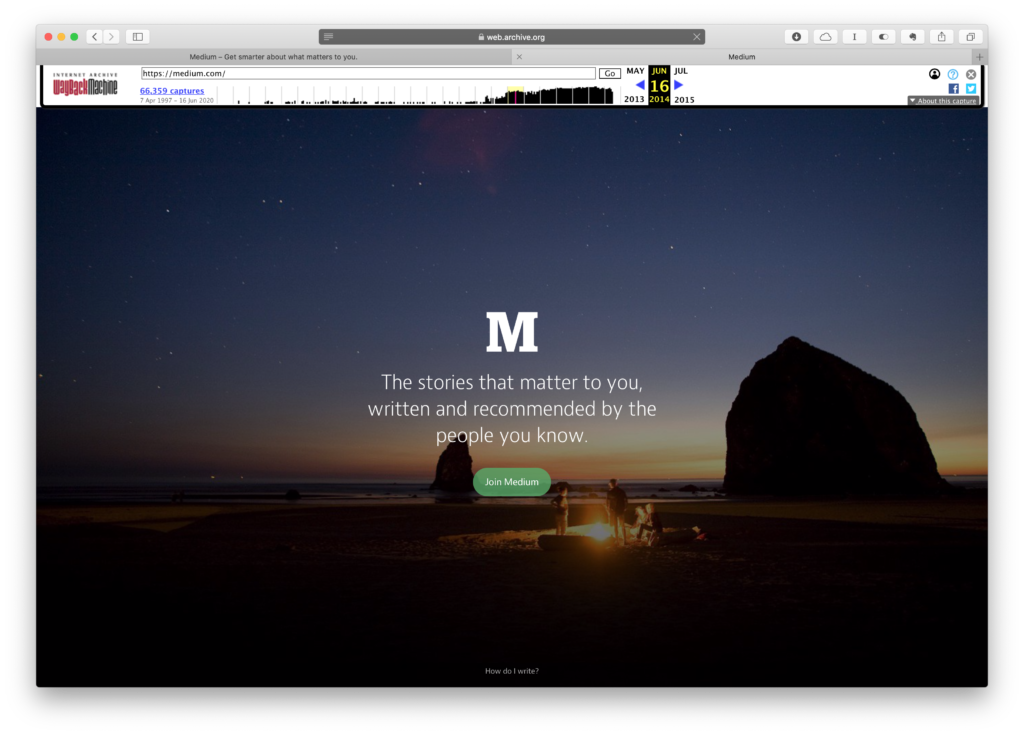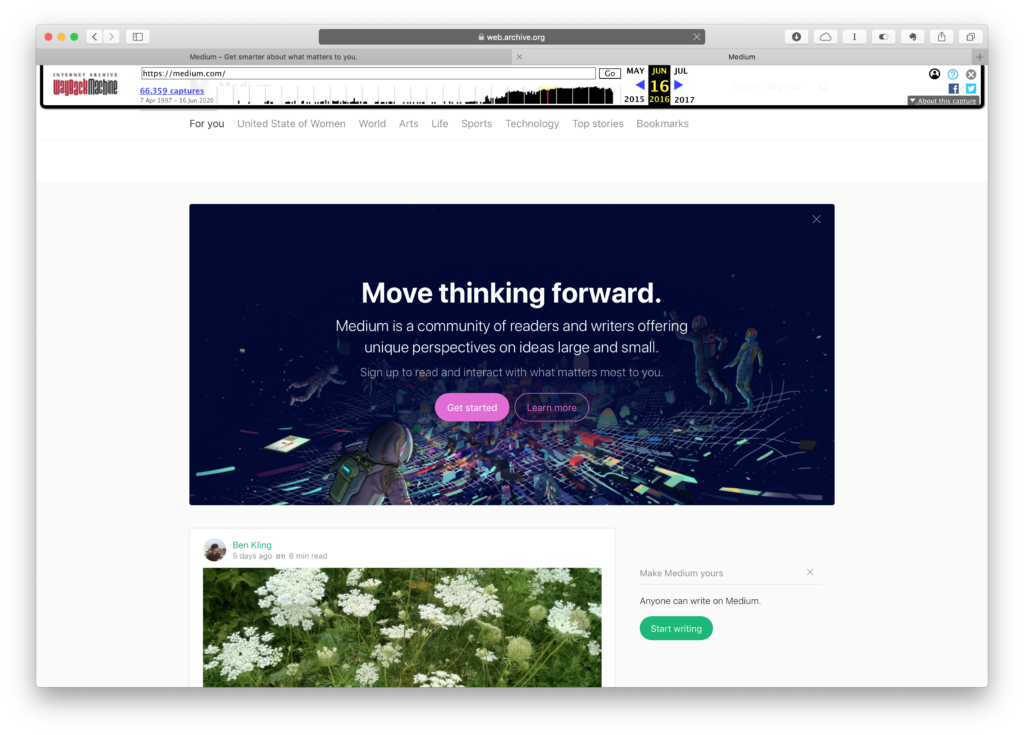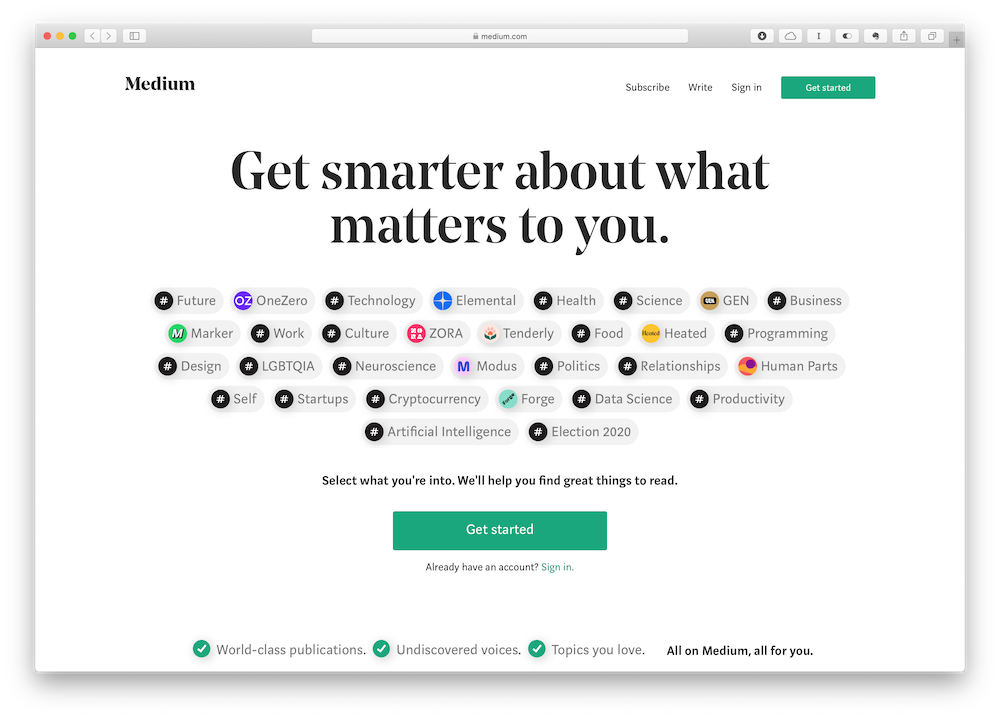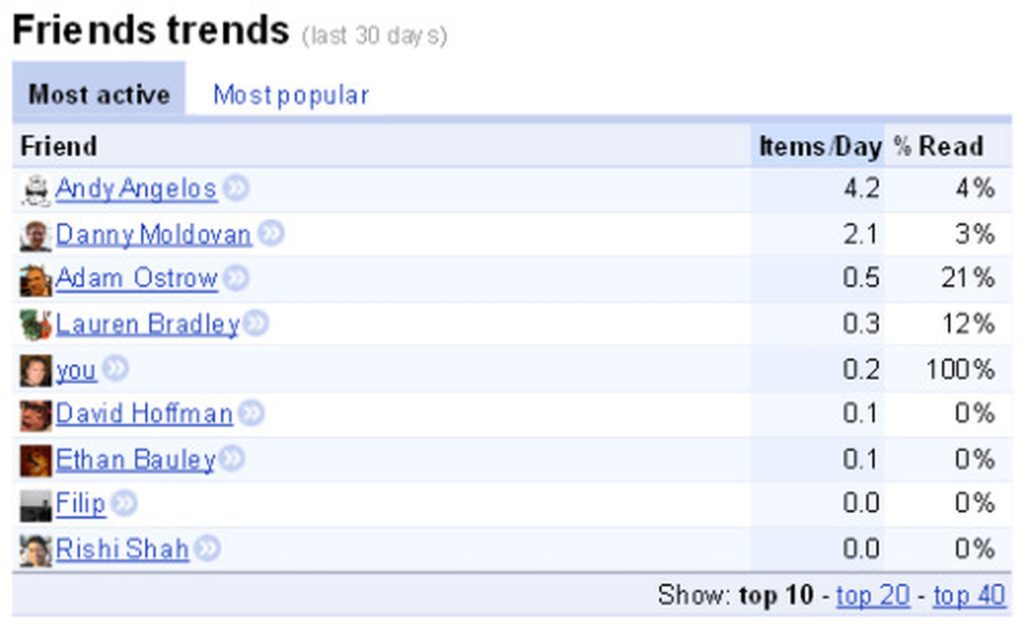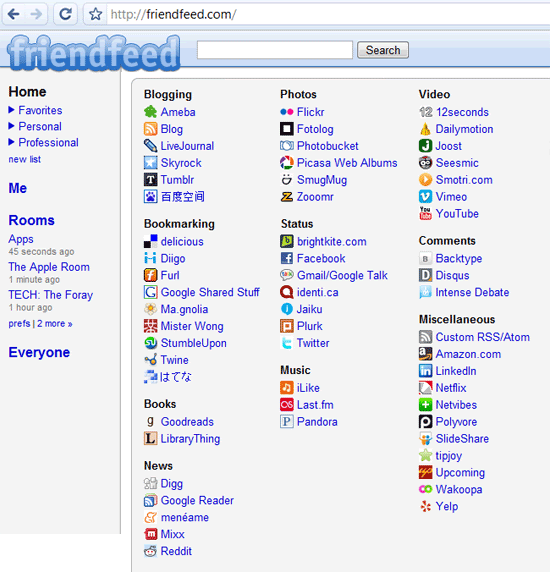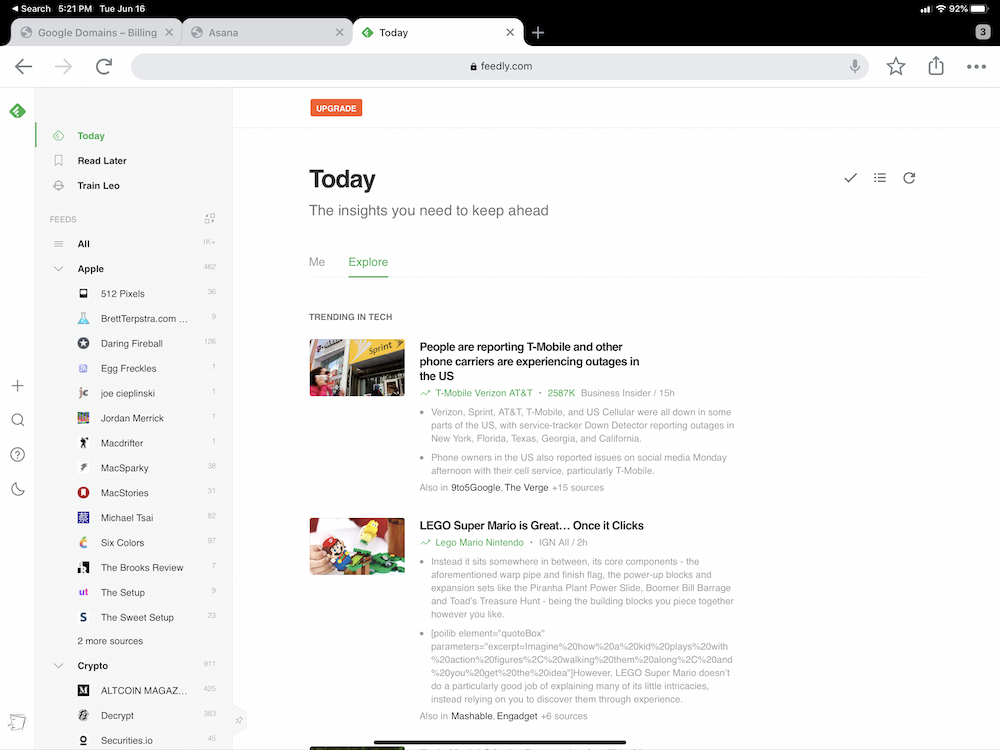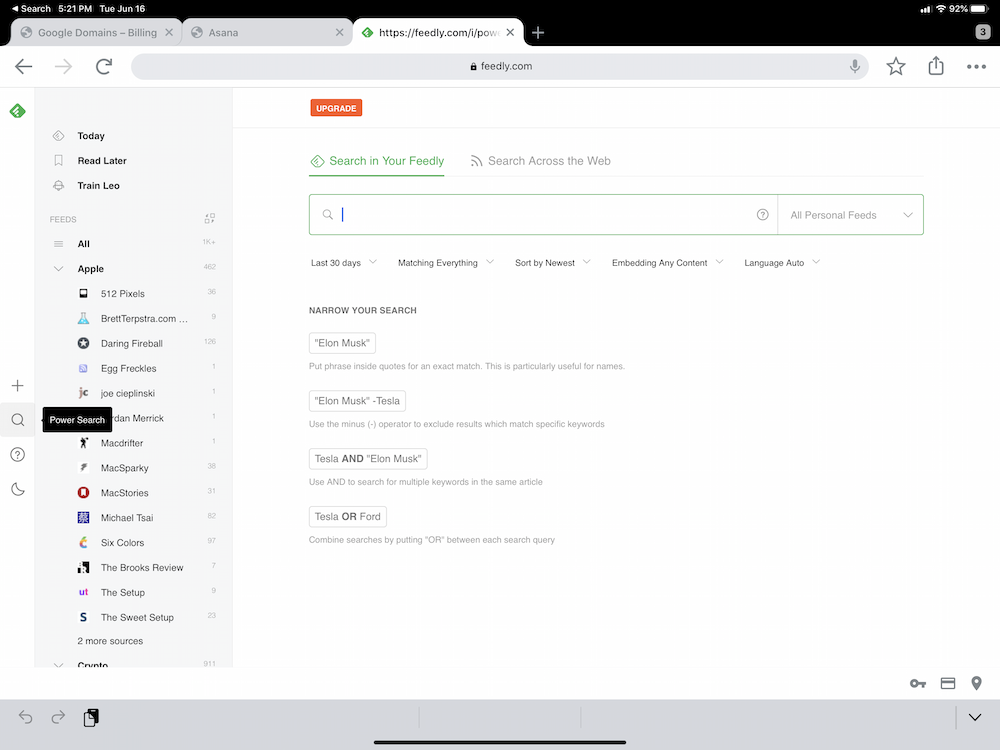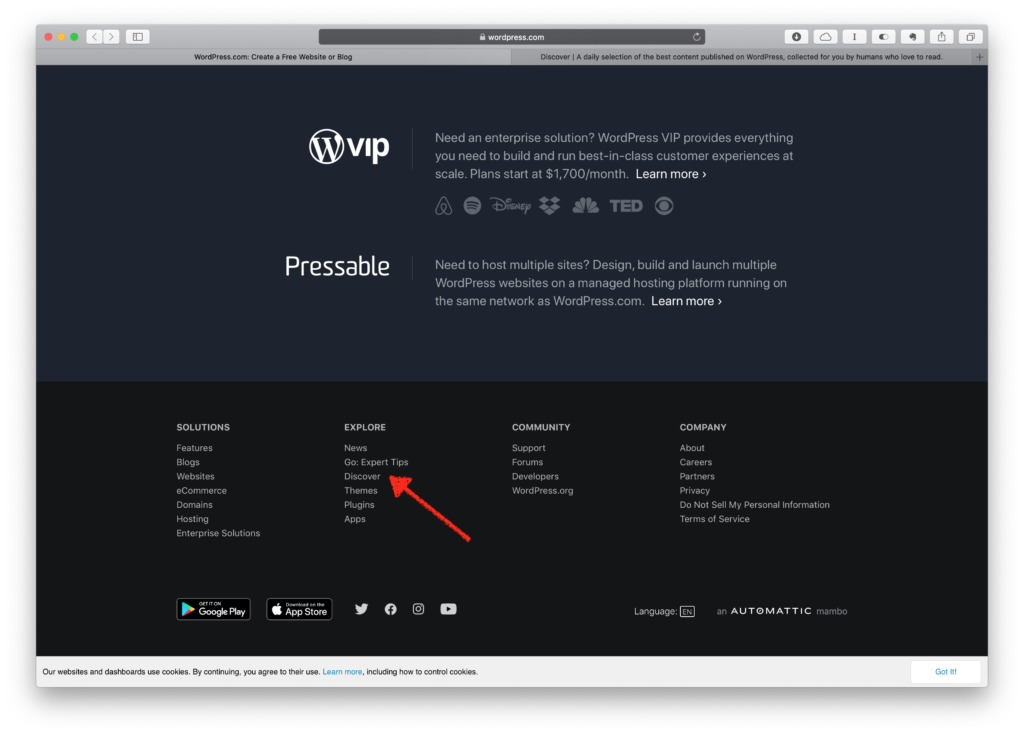This Financial Times article on the effect of the pandemic on the already precarious state of newspapers’ finances is a good read overall. And at least during the pandemic, it is not behind the FT’s strict paywall.
This little bit in particular stood out for me:
While the audience for online news jumped to new highs during the pandemic, most sites convert fewer than 1 per cent of website visitors into paying readers. Although there are no sector-wide figures, some publishers admit most of those that do pay in America and Europe are older, more wealthy and white.
If it is the dominant class in any market that is the one that pays, there is a risk in the newspaper biasing its coverage towards the interests of that class. Today’s advertiser-driven model carries the same risk – does the move to paid subscriptions simply swap one set of patrons for another?
All media has had tension between business and editorial, and good media has always had a wall between the two sides. But that tension is heightened at times of major business model transitions like this. In the new model, you have a direct relationship with your audience, which pays you. When you lose them, you lose both your readership and your revenue. Independence of editorial gets harder.
This is going to be the big test for both news organizations and independent publishers with the inevitable move to pay-to-read.
End note:
One model is to rely entirely on donations, and force them to be anonymous, like via cryptocurrency. We explored this briefly in part 4 of our series on 21st Century Media. Now neither side of the news organization has any way of knowing who the audience is. It is unclear if there is a natural upper bound on how large of a news organization can run on donations alone. That altruism seems to be the natural governance model for the internet doesn’t mean it is a viable business model.
Another variation of this model could be for news organizations to move to subscriptions, but for a third party neutral organization to act as the trustee of the identities of subscribers. Now this organization could be supported by donations, but now we’re talking about one or a handful that need to be supported, not every news org.
(ends)

